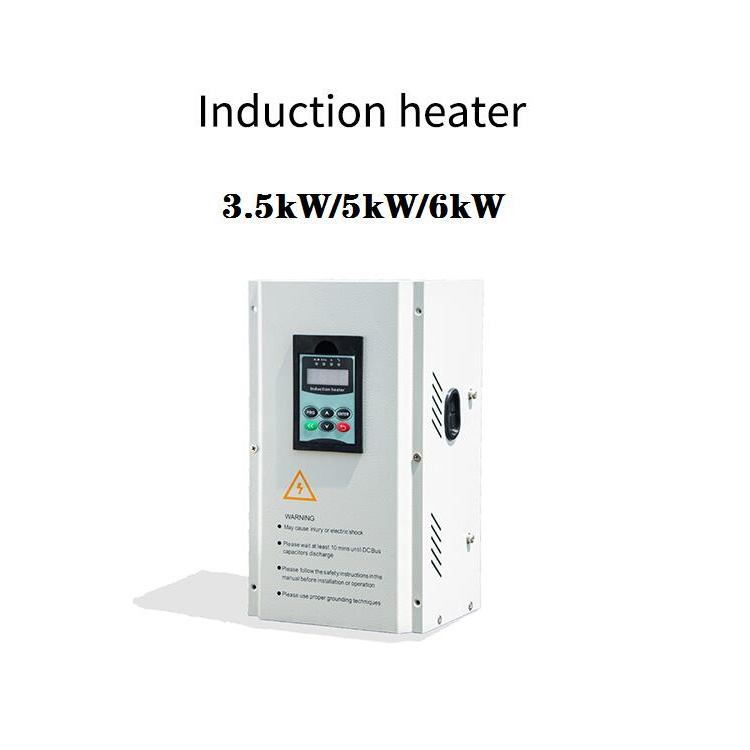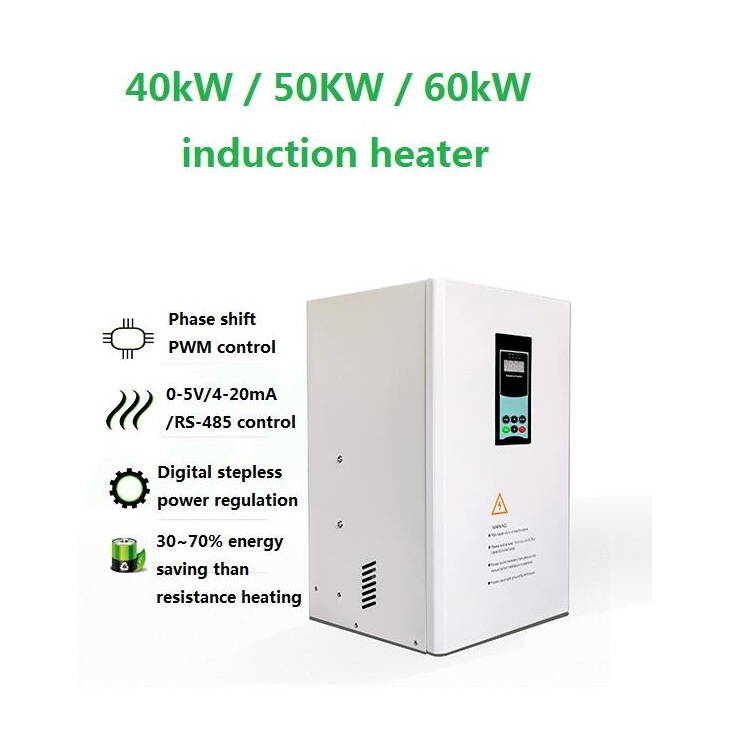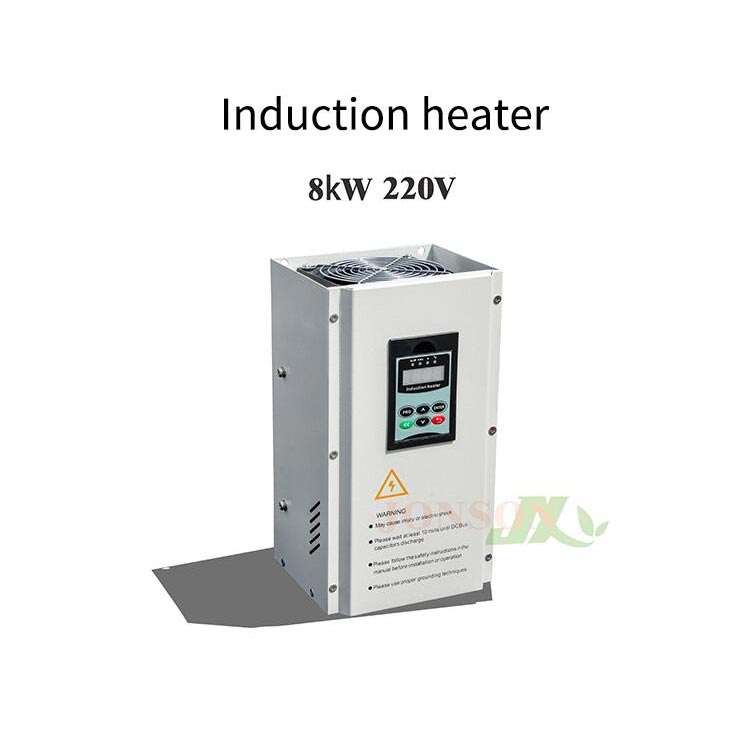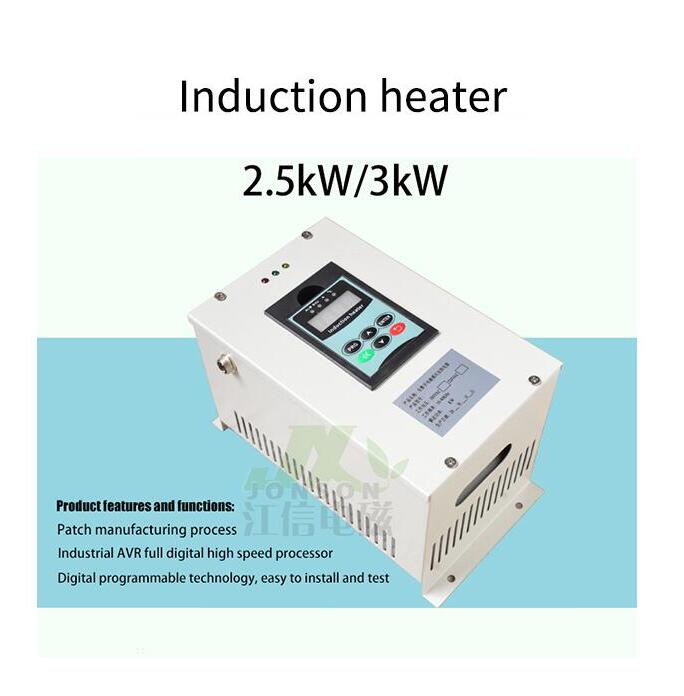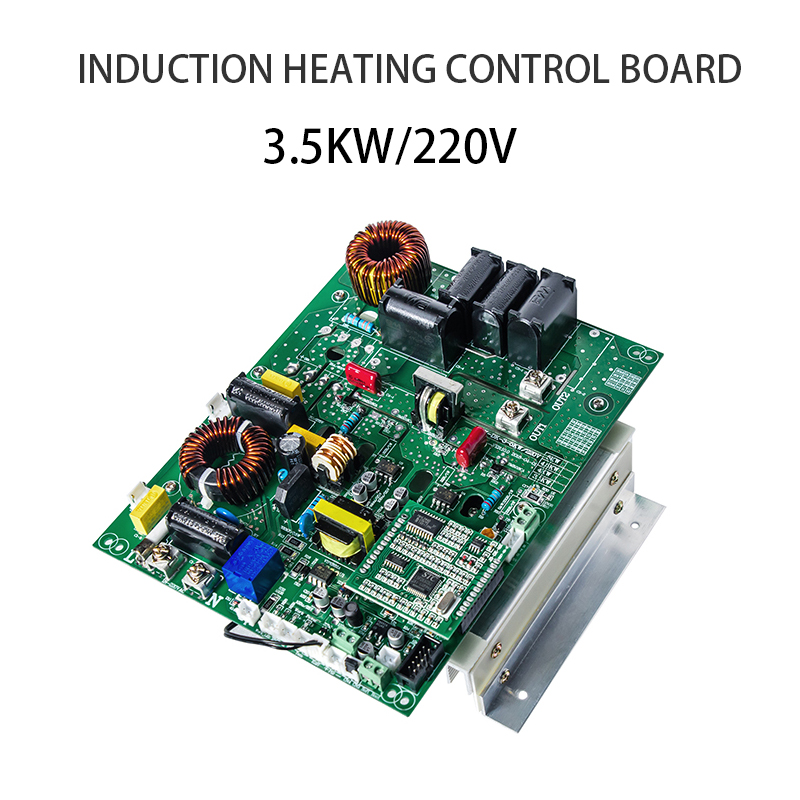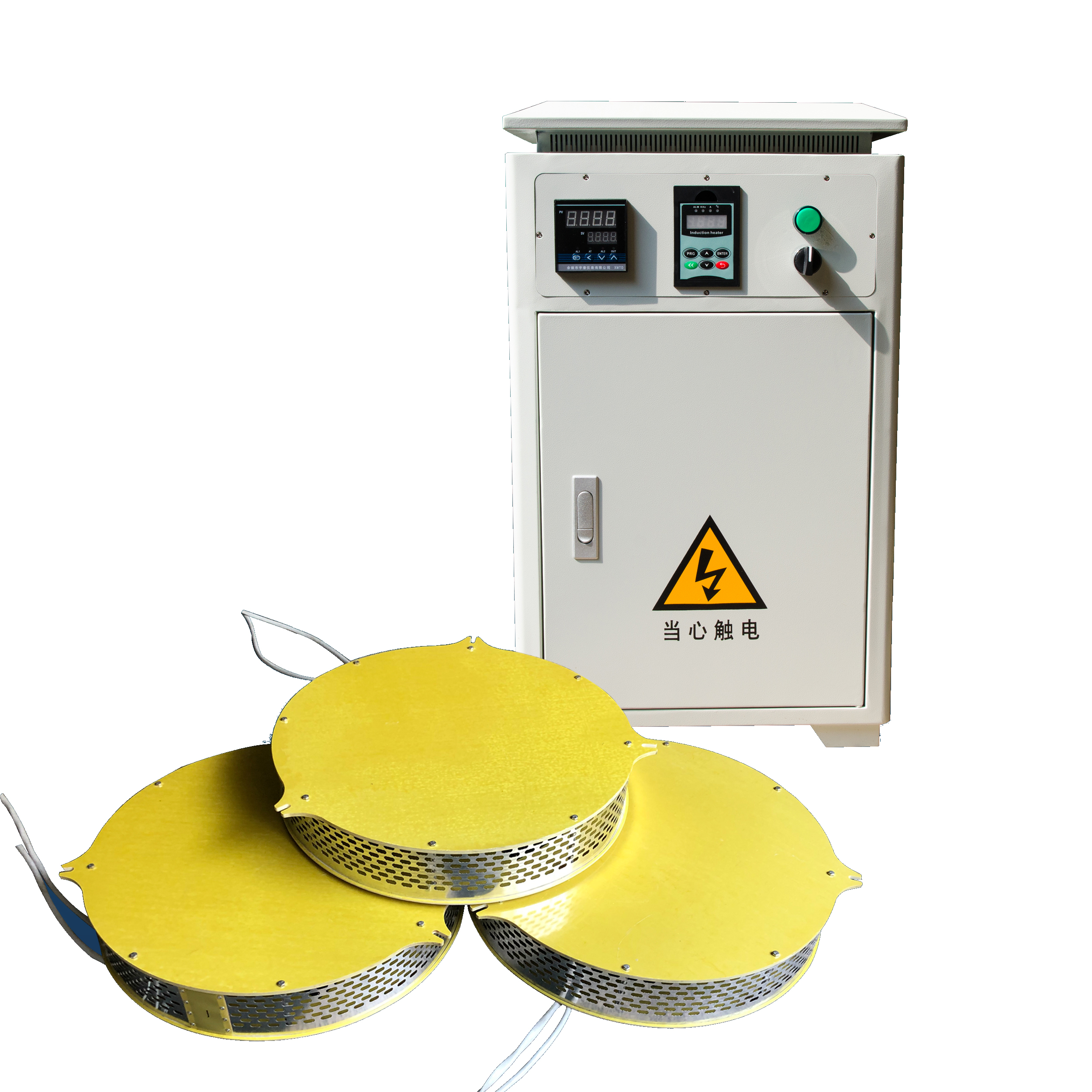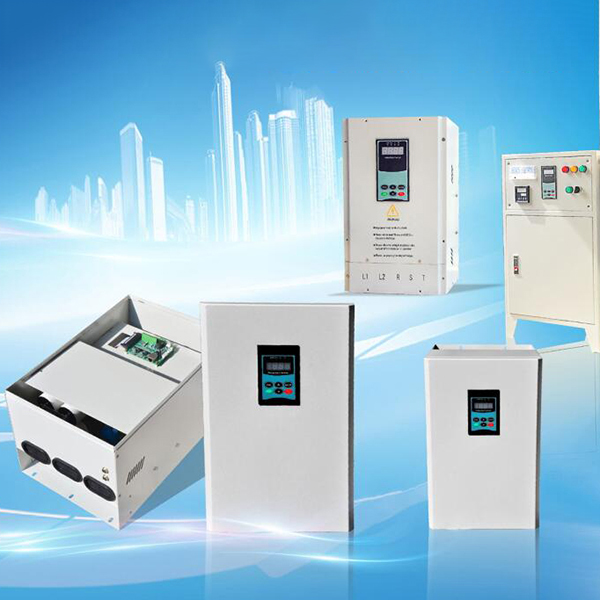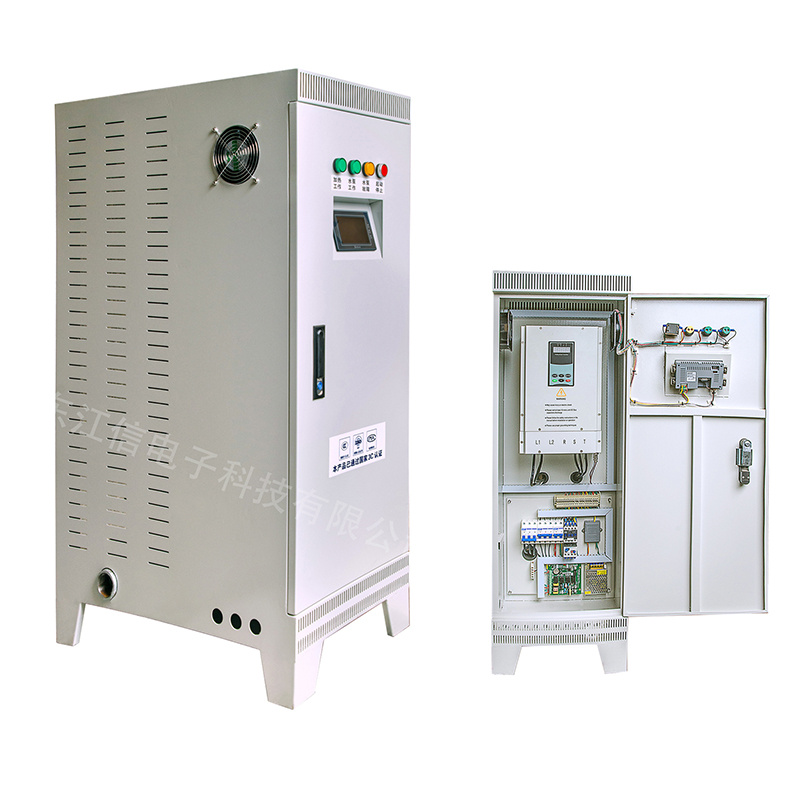Induction room heating and resistance room heating are two different methods of heating a space, and they operate on distinct principles:
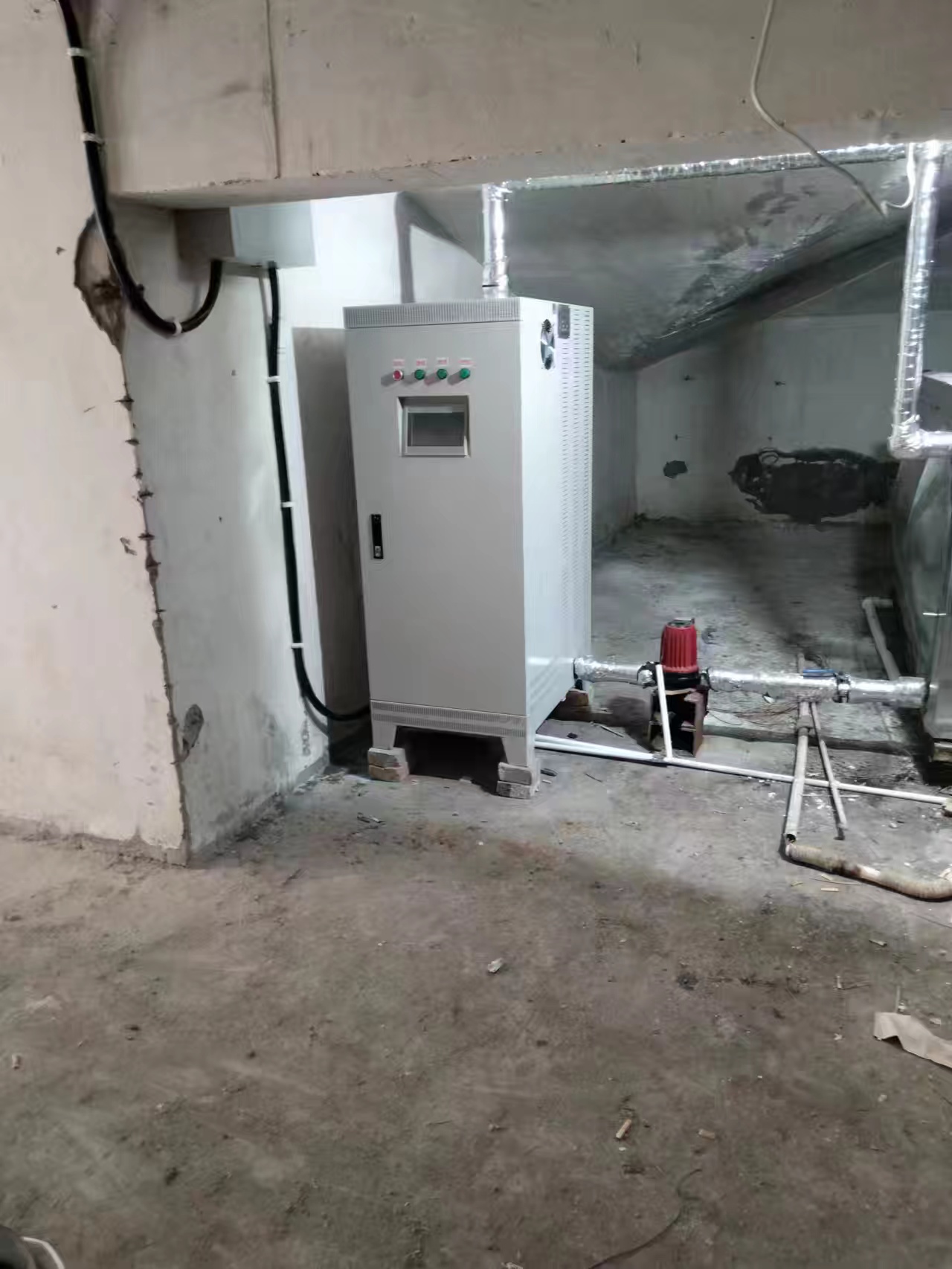
1.Induction Room Heating: This method utilizes electromagnetic fields to produce heat. Induction heaters generate a magnetic field that causes electric currents, called eddy currents, to flow within conductive materials in the room (such as metal objects). These currents generate heat through the resistance they encounter within the material. The heat is then emitted into the room, warming it up. This form of heating is efficient and can be very quick, as the heat is generated directly from the electricity without any intermediate mechanisms.
2.Resistance Room Heating: This traditional form of electric heating uses resistive elements (like wires or coils made from materials such as nichrome) that heat up when electric current passes through them. This heat is then transferred to the air in the room either by convection or radiation. Resistance heaters are simple and reliable but can be less energy efficient compared to other heating methods, as some energy is lost in the process of converting electricity into heat.
Overall, the key difference lies in how the heat is generated: induction heating uses magnetic fields to create heat internally within objects, while resistance heating directly heats an element to warm the surrounding air.

